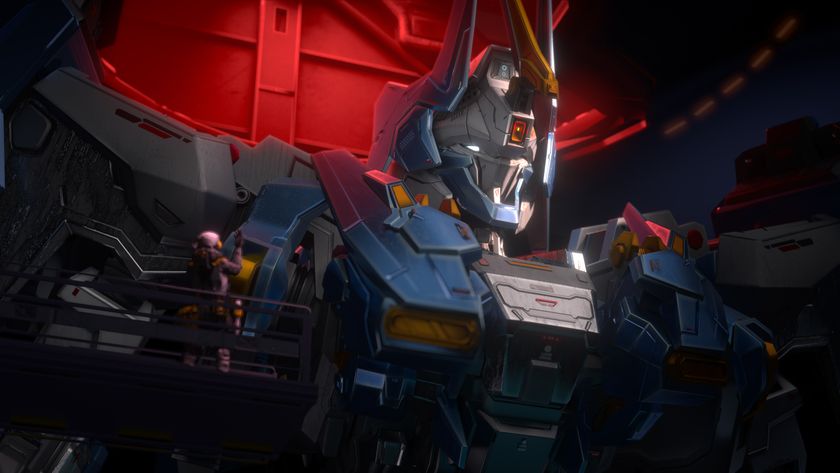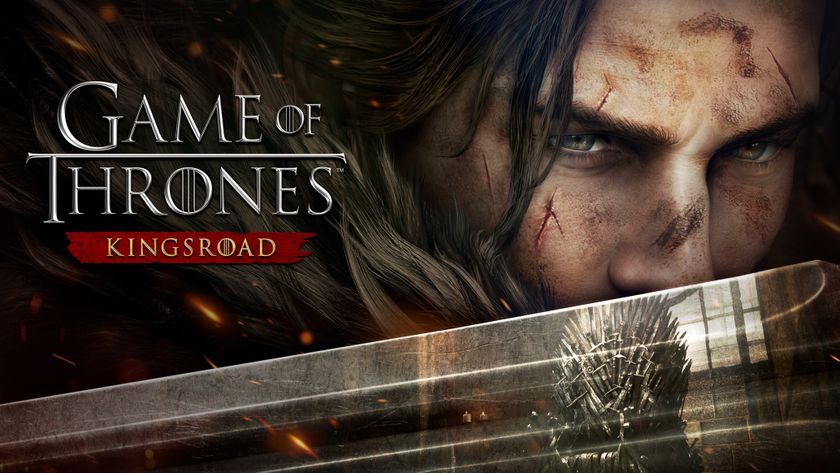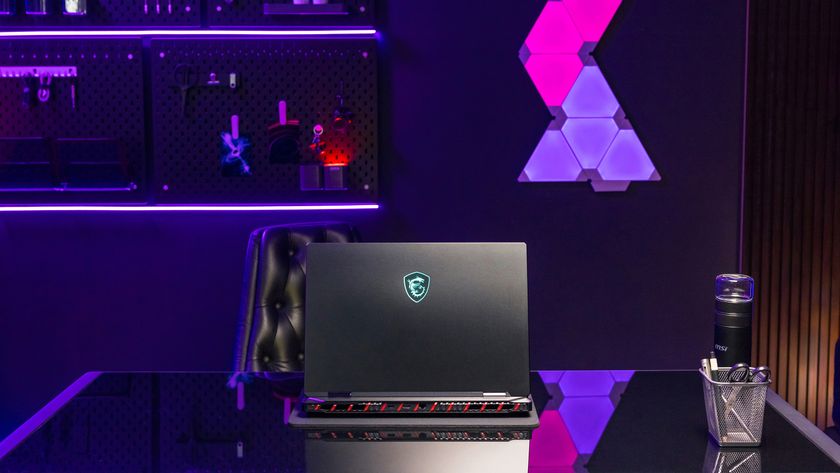The Diablo games and expansions, ranked from worst to best
The best game to play if you want to slay millions of demons.

The Diablo series is an epic story of heaven vs. hell, in which heaven really takes a back seat and lets one dude handle the entire war. That hero is you, and whether you're a Paladin, a Monk or a Barbarian, to get the job done you're going to have to kill a lot of little guys and a few greater demons, steal their stuff, level up and grow from an ordinary wanderer into a demi-god. It's the best action RPG series ever. Hell, Diablo basically defines the genre. But which one is worth playing today? Here we go, from worst to best.
Diablo

It may be a genre-defining classic—one of the 50 most important games on PC, in fact—yet Diablo is a historical curio by today's standards. The first game's sense of horror, the eerie music, distorted monster screams and dark pixel art created a sense of occult dread that would have seemed much edgier in 1996 during the twilight years of the satanic panic. The whole series sits at odds with Blizzard's modern family-friendly direction, but Diablo 1 in particular feels like the the dusty forgotten grimoire in Blizzard's attic, the one old-hands warn interns to stay away from.
The tone was lost by the sequels (Diablo 2 is sometimes misremembered as being a much darker game than it actually is) but Diablo 1 laid down the foundations for the rest of the series—interesting loot, archetypal character classes, repetition and randomisation, multiplayer. It might seem like a simple formula now—Gauntlet in dark robes with a sweet loot system—but it made the RPG fast, accessible and exciting.
There was an expansion for Diablo 1 called Hellfire. It was handled by Sierra rather than Blizzard North. It added the monk class, which would return many years later in Diablo 3, as well as new levels, bosses and items. It was OK.
Diablo 3
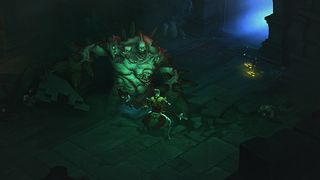
Error 37, an always-online requirement, the auction house, agonising drop rates, dull loot—Diablo 3 had many problems at launch, but it committed two major sins that inform the rest of the game's mistakes. First sin: it was not Diablo 2. This was always going to be a challenge for a series that generates so much nostalgic passion, but if this game had been a lot more like Diablo 2, it would never have been Diablo 2 enough for some. Remaking D2 in a 3D engine would have been a pointless exercise, and it's much more interesting to see a design team form a fresh take on the idea.
Second sin, the big one: in some respects, Diablo 3 didn't seem to understand why people like Diablo. The auction house attempted to legitimise the black markets that sprang up around Diablo 2 and created incentives for players to farm and sell high-level items in the endgame. It also gave Blizzard a cut of every transaction. You might argue that the enthusiasm for Diablo 2's items markets suggested that players would see the auction house as a feature. Some did, but many did not. Combat, loot, hordes of enemies, big boss monsters—these are all key tenants of a Diablo game. Shopping, not so much.
Putting the long-dead auction house aside, there's a very decent, occasionally exceptional Diablo game here. The first act is too long. The fourth act is dull and repetitive. The third act, however, is just right. I have lost count of the times I have cleared the battlements of Bastion's Keep, fought through the battlefield below, to obliterate the siegebreaker beast. The varied elevation of the keep gives you great views of the assault below—it's one of the most spectacular sections of the series.
The biggest gaming news, reviews and hardware deals
Keep up to date with the most important stories and the best deals, as picked by the PC Gamer team.
The rethought classes, skills and progression systems take a smart step away from Diablo 2. I look forward to using my Diablo 2 favourite—the Necromancer—in next year's pack, but after hundreds of hours spent wearing skull pauldrons in D2, I enjoyed the violent excess of the Witch Doctor's exploding frogs. The use of ability slots and ability modifiers encourage a more experimental approach to class building. The journey to level 60 represents an incremental widening of your toolbox, where a traditional skill tree system otherwise lock you into a build.
Diablo 2
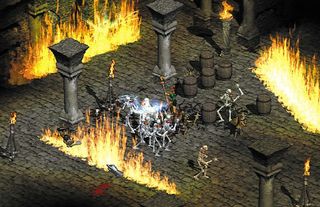
Iconic classes, varied acts, a wealth of procedurally generated dungeons and a new cast of high demons put dripping flesh onto the sparse structure established by Diablo 1. The sequel lost some of the mystique of Diablo 1’s mostly context-free plunge into the netherworld, but recast the player as a hero fighting the entire hierarchy of hell. Instead of sending the player back into the original’s gloomy crypts, the sequel drew the demons out and scattered them across grey human settlements, golden deserts and a massive jungle.
With the return of Deckard Cain, the series started to establish its own canon, as Blizzard games do. In the process the gothic menace of Diablo 1 evolved into something more colourful, but no less metal. Coming from a diet of Tolkien and The Forgotten Realms via Baldur’s Gate, my teenage brain lapped it up. Diablo 2 blew away the dialogue-heavy fustiness I associated with RPGs, and instead let me cut down thousands of enemies with enchanted weapons and cool spells.
It's a classic, albeit one you need a few mods to enjoy on a widescreen monitor today. It's sad to have to squint at such tiny pixels on a modern high-resolution screen, but Diablo 2's sprites are still characterful and expressive, and still send me back to my CRT monitor days when I would team up with friends on a dodgy 56k modem. Diablo 2 is the bible from which modern action RPG developers draw inspiration. The gritty worlds of Path of Exile and Grim Dawn owe a debt to the game that, for many fans, represents Blizzard’s finest work.
Diablo 2: Lord of Destruction

Diablo 2 was great, but only felt complete after the Lord of Destruction expansion. That’s not to say that Diablo 2 was unfinished in any way, but the systemic expansion offered by Lord of Destruction made it impossible to go back As we’ll see, this is the start of a budding trend for Diablo games.
The expansion added the assassin and the druid, a terrific new act set in the Barbarian sanctuaries of Mount Arreat, and introduced new ways to customise your equipment with runes and jewels. The additional classes were decent, Act V is the best Diablo 2 act and the deepened itemisation system (which included a trove of new unique items and a bunch of new recipes for the magic Horadric Cube forge) sustained new difficulty levels and gave Diablo 2 its extensive endgame. The expansion also made a wealth of small quality-of-life tweaks that collectively greatly improve the base game. It’s hard to imagine Diablo 2 without a permanently visible minimap, the generous Lord of Destruction stash size and the full range of skill keybinding slots.
The time I spent battling through Lord of Destruction with my pals’ Barbarian and Druid characters represents some of the best co-op experience I’ve ever enjoyed on my PC. Today, however, the multiplayer scene has largely dissipated (though there are heroic players out there still). It is hard to go back. Diablo 2: LoD was an immense game for its time, but its time has passed. Lord of Destruction lived and died with its community. It flourished in its golden age, fostered some great memories, and then faded into the annals of PC gaming history. All those moments lost, like fanboy tears in the putrid rain of Baal’s vengeance. As Deckard Cain might put it in his weird old-man drawl, “taaarm to dieaaaaargh”.
Diablo 3: Reaper of Souls
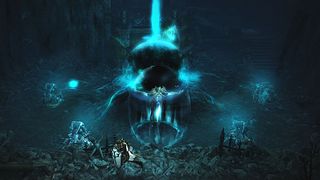
Diablo 3’s expansion was the culmination of a time of great reform. Blizzard sank the auction house, revamped loot rates and added new items. The expansion added a fifth act, a fine new villain in Malthael, and the fantastic Crusader class. By the end of the process, Diablo 3 felt new. Adventure mode disrupted the farming patterns the knowledgeable tier of the community had established, sending players back into forgotten zones—“hey, I forgot this ridiculously large spider cave” I thought, traipsing back through Act I. Items dropped less frequently, but were actually relevant to your class. Unique items came with exotic new abilities, and synergised with class skills in a way that could suddenly make a new build worth trying.
Rebalanced and revitalised, Diablo 3 suddenly became a solid platform for a new expansion. As Lord of Destruction did before it, Reaper of Souls produced some of the best zones in the game. The streets of Westmarch achieved a new degree of winding, organic complexity—a great improvement on the endless recurring grids of Act IV. The battle on top of the huge battering ram showed a new eye for set-pieces. The final winding pathway to Malthael was a beautiful departure from the burning red hues of most other Diablo 3 boss arenas. The expansion hints at a future for Diablo that pushes greater environmental spectacle as the player decimates ever-larger hordes. As an added bonus, Malthael’s evil mist and energy ball attacks actually presented a challenge.
The heavy, crunchy Crusader class thrived on the heft of Diablo 3’s combat. Diablo 2’s sprites were great, but couldn’t pop and ragdoll through the corridors. It still feels amazing to send the Crusader into the sky and watch them slam back down with a thunderclap. This isn’t even that great a skill for the Crusader, but like so many of Diablo 3’s abilities, it’s fun to use repeatedly. The Crusader’s ghost armies, hard-hitting skills and love of smiting created a fresh melee style, successfully re-concepting Diablo 2’s dull Paladin in the process.
This list has been a battle of heart vs. head. My rosy memories of fine times in Lord of Destruction will always tempt me to put it at the top, but if I had to recommend a game from the series to play right now—which I do because that is the entire purpose of this exercise—then Diablo 3, revamped by the outstanding Reaper of Souls expansion and a vigorous post-launch update campaign, takes the prize. Here I commend my verdict to the masses. May Mephisto have mercy on my soul.
Part of the UK team, Tom was with PC Gamer at the very beginning of the website's launch—first as a news writer, and then as online editor until his departure in 2020. His specialties are strategy games, action RPGs, hack ‘n slash games, digital card games… basically anything that he can fit on a hard drive. His final boss form is Deckard Cain.
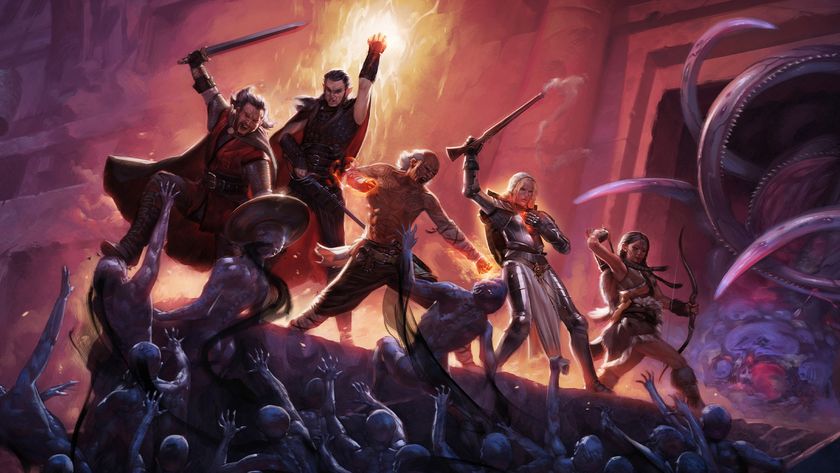
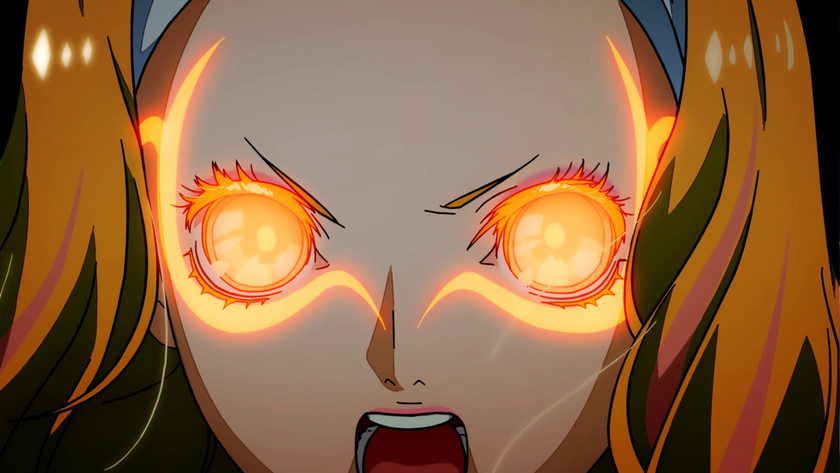
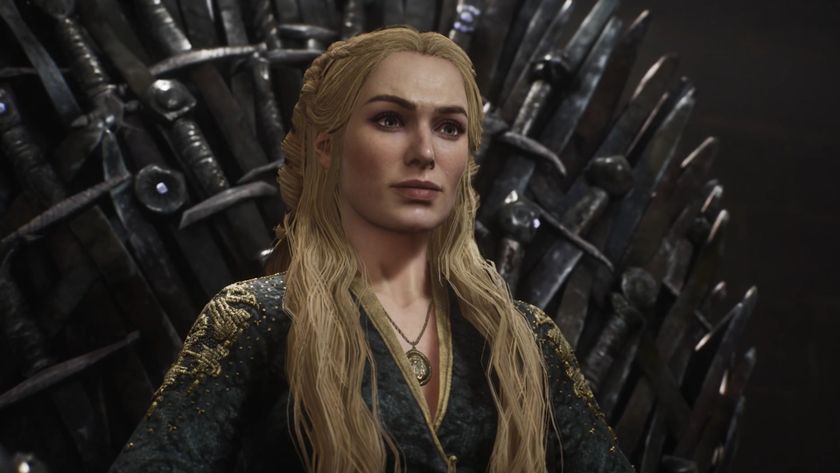
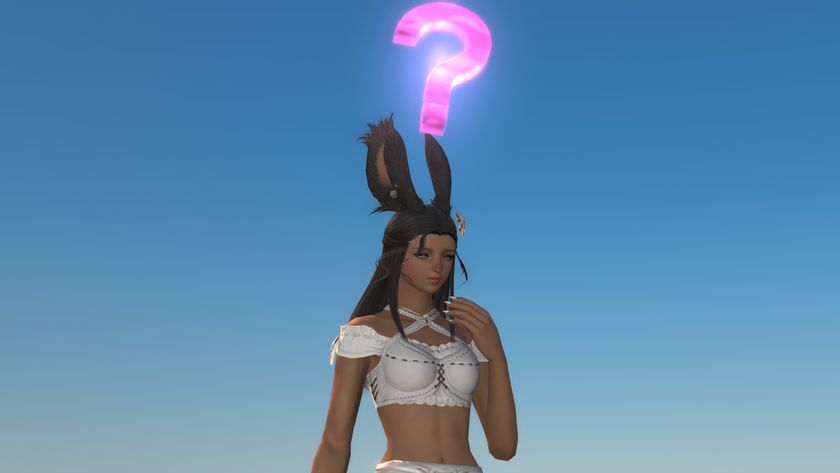
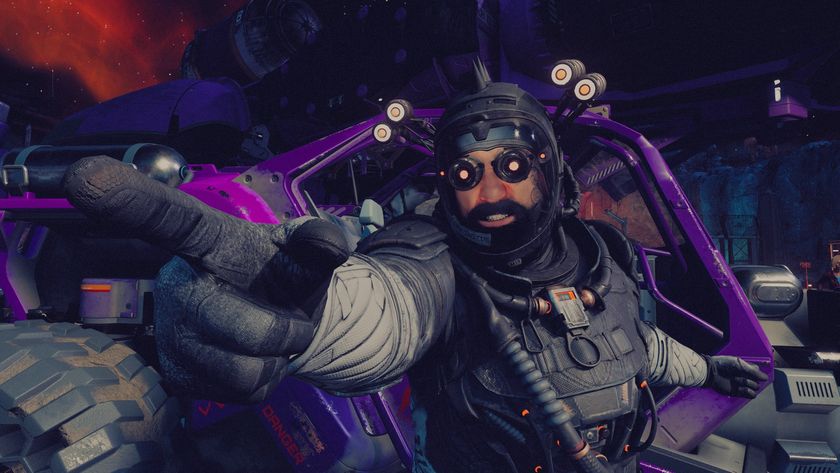
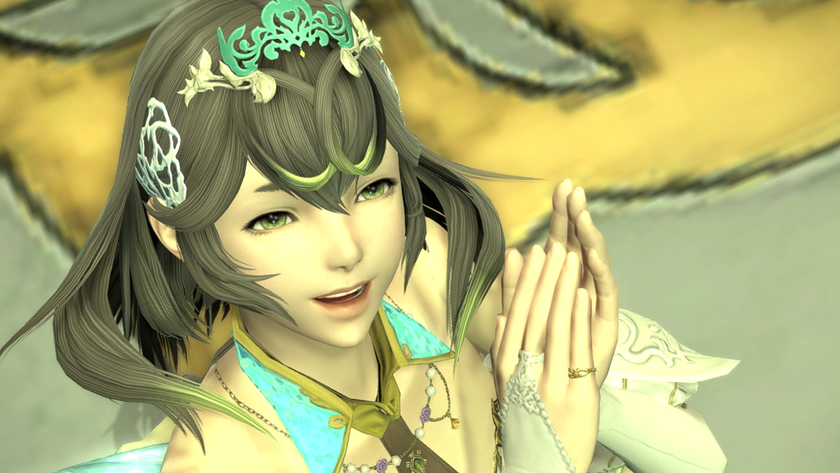
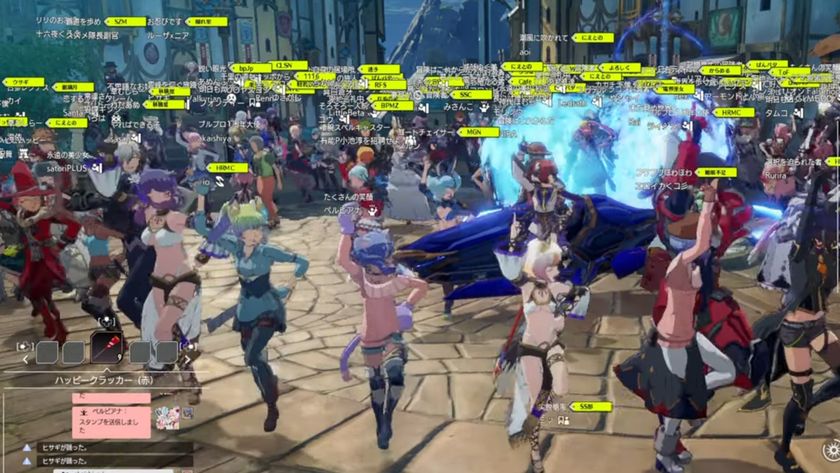

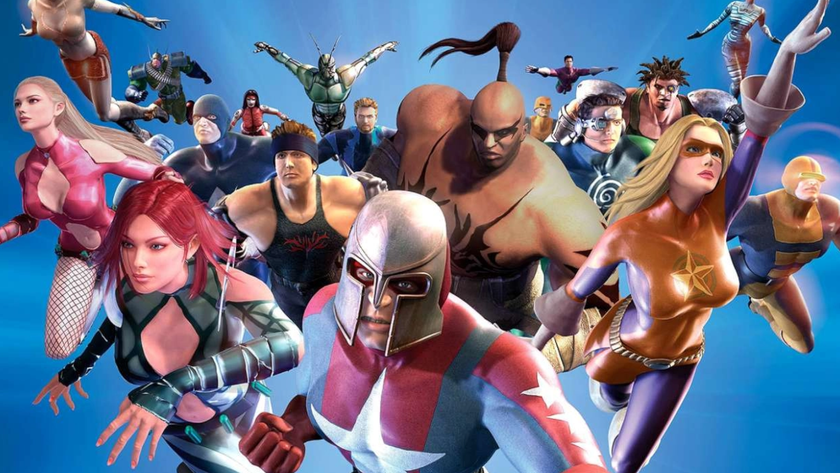
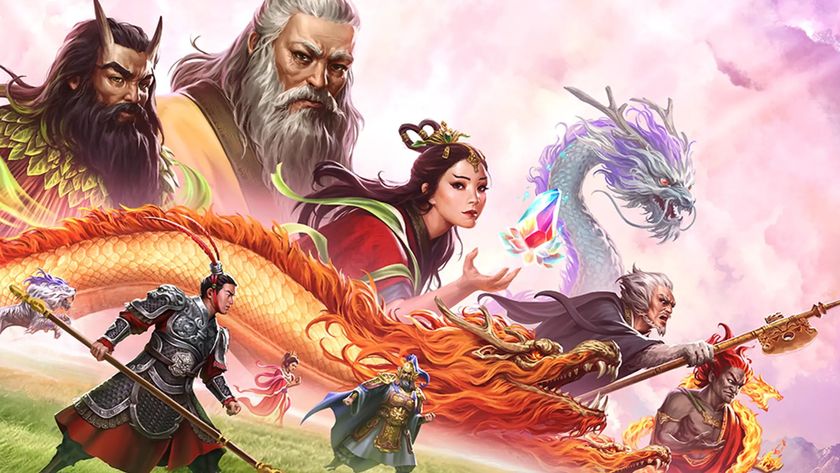
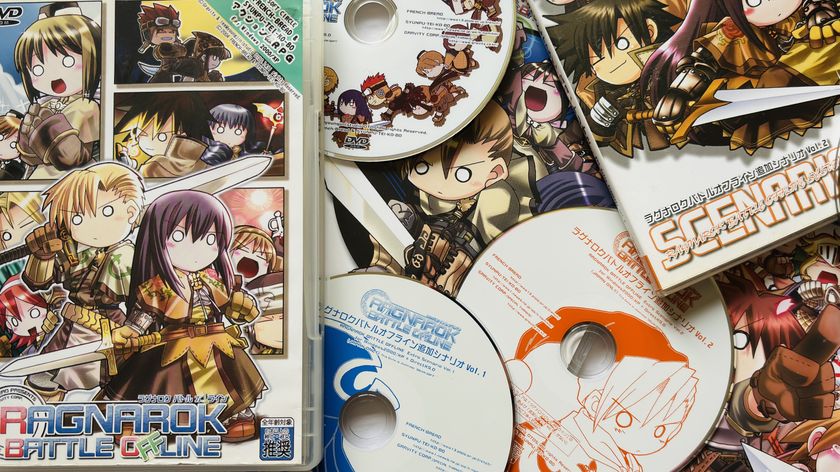
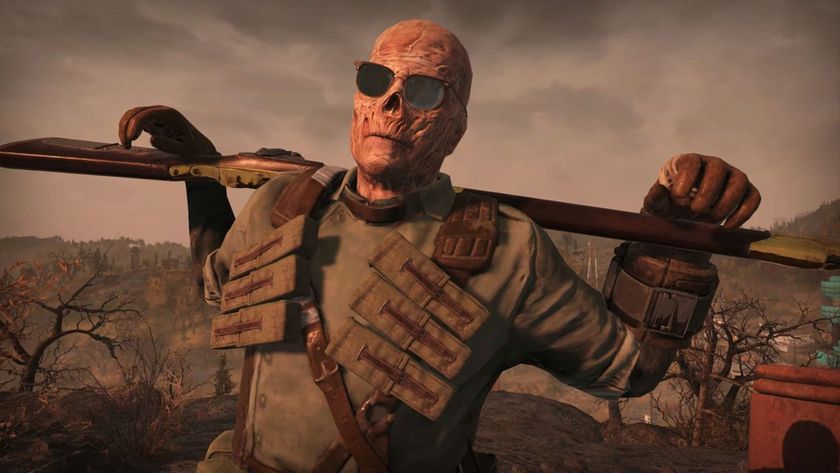

Pillars of Eternity is getting turn-based combat to mark its 10th anniversary, and that means PC Gamer editors will soon be arguing about combat mechanics again

Today's RPG fans are 'very sensitive to feeling like they wasted time' when they die, says Metaphor: ReFantazio battle planner—but Atlus still made combat hard anyway

